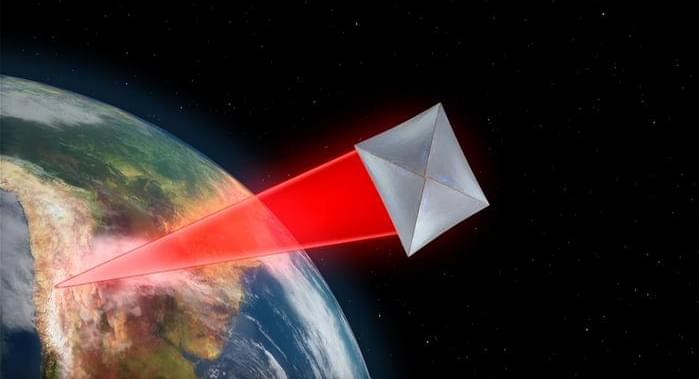“There are numerous challenges involved in developing a membrane that could ultimately be used as lightsail. It needs to withstand heat, hold its shape under pressure, and ride stably along the axis of a laser beam,” said Dr. Harry Atwater, who is a Howard Hughes Professor of Applied Physics and Materials Science at Caltech and a co-author on the study. “But before we can begin building such a sail, we need to understand how the materials respond to radiation pressure from lasers. We wanted to know if we could determine the force being exerted on a membrane just by measuring its movements. It turns out we can.”
For the study, the researchers used real-life models to simulate the size of the lightsail, amount of laser power needed to propel the lightsail, and amount of pressure exerted on the lightsail to achieve the desired speed. After creating their own miniature lightsail measuring 40 microns long, 40 microns wide, and 50 nanometers thick tethered to four strings, the team subjected it to laser light to measure the amount of radiation pressure the lightsail was experiencing. In the end, the team found the specific angle and amount of force required to push the lightsail forward. Through this, they successfully established groundwork for potentially constructing larger lightsails in the future.
